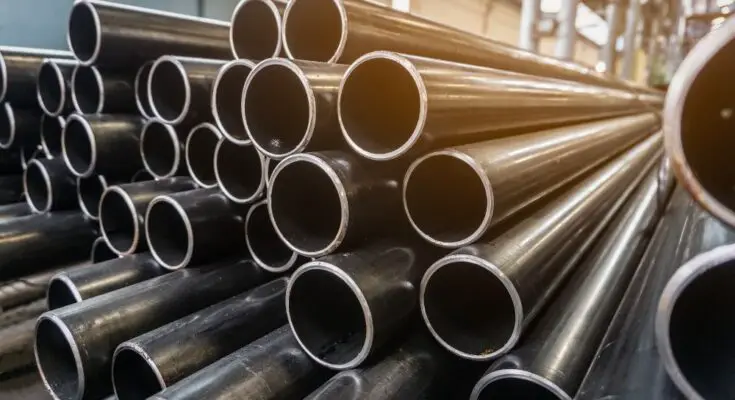Pipe beveling is a metalworking process that involves cutting, shaping, and smoothing the end of a pipe in preparation for welding. Beveling the pipe end provides a larger welding surface area, which results in a stronger and more reliable joint.
There are five types of pipe beveling methods used in various applications. Let’s look at the different types of pipe beveling and when to use them.
V-Bevel
The V-bevel is the most commonly used beveling type and is also the most versatile. The V-shape provides a larger surface area and requires less welding filler material, reducing the cost and time required for welding. The V-bevel works well for welding pipe joints with butt-weld, socket weld, and slip-on flanges. The angle of the V-bevel depends on the pipe diameter, wall thickness, and welding technique used.
J-Bevel
The J-bevel is a type of beveling that provides a smaller welding surface area compared to the V-bevel. It helps to join pipes with thin walls or pipes of different diameters or thicknesses. The J-bevel angle is typically 30 degrees, but it can vary depending on the pipe and the welding technique. The J-bevel is common in industries like oil and gas, where pipes of different sizes and thicknesses are popular.
K-Bevel
The K-bevel is a type of beveling that has a wider opening compared to the V-bevel and J-bevel. It’s for welding pipes with heavy wall thicknesses or those requiring extra strength. The K-bevel angle is typically 37.5 degrees. It provides a larger welding surface area, which results in a strong and reliable joint. The K-bevel is common in the petrochemical industry, where pipes have to handle high-pressure and high-temperature conditions.
U-Bevel
The U-bevel is a type of beveling used for joining pipes with flanges or fittings. The U-shape provides a larger welding surface area and requires less filler material. You will often see it in industries like shipbuilding, where welding joints are critical for the vessel’s structural integrity. The U-bevel angle is typically 30 or 37.5 degrees, depending on the thickness of the pipe and the type of joint used.
Compound Bevel
The compound bevel is a type of beveling that we use for joining pipes with varying wall thicknesses. It combines multiple types of bevels to achieve a larger welding surface area. The compound bevel provides a strong and reliable joint, critical for the aerospace and nuclear power industries. The compound bevel angle varies depending on the application and the welding technique.
Pipe beveling is an essential process in welding that provides a strong and reliable joint. The type of beveling you should use depends on the pipe’s diameter, wall thickness, and the welding technique used. The five most commonly used beveling types are the V-bevel, J-bevel, K-bevel, U-bevel, and compound bevel.
By understanding the different types of beveling, you can choose the one best suited for your application. After that, you can start focusing on safety tips for using beveling tools and how to perform the beveling process correctly. Doing this can help you get the most out of your welds and ensure that they are as strong and reliable as possible.


